38 how to read japanese nutrition labels
Reading Japanese Food Labels | JustBento Reading Japanese Food Labels. Submitted by anon. on Sat, 2009-09-05 07:24. I live in Japan and have trouble reading and understanding everything on food labels. Do you know if partially hydrogenated oils are used in Japanese foods, such as packaged cookies? Do you know what the word for it or "trans fat" is in Japanese or how to write it? How to read nutrition labels | safefood Some labels use colour coding to show at a glance if a food is high, medium or low in fat, saturated fat, sugar and salt. Low (green) - the best choice. Medium (amber) - okay most of the time. High (red) - only choose occasionally. If the label isn't colour coded, use our label decoder as a guide.
How To Read Food and Beverage Labels | National Institute on Aging At the top of the Nutrition Facts label, you will find the total number of servings in the container and the food or beverage's serving size. The serving size on the label is based on the amount of food that people may typically eat at one time and is not a recommendation of how much to eat. Read more about serving and portion sizes.

How to read japanese nutrition labels
How to Read Nutrition Facts Label - Food Network When you take a look toward the top of the Nutrition Facts label you'll see the servings per container and the serving size. Pay close attention to the serving size. Pay close attention to the ... Understanding Food Nutrition Labels | American Heart Association Remember that the information shown in the label is based on a diet of 2,000 calories a day. You may need less or more than 2,000 calories depending upon your age, gender, activity level, and whether you're trying to lose, gain or maintain your weight. When the Nutrition Facts label says a food contains "0 g" of trans fat, but includes ... Tokyo Guide: How To Read Japanese Food Labels Micronutrients are usually expressed using English letters, numbers and katakana so should be pretty easy to understand. The main difference is that many labels, especially in the US, measure in percent of daily recommended values, whereas Japan does it in straight milligrams. Generally with micronutrients the more there are the better.
How to read japanese nutrition labels. Japanese Supermarket Guide: Must-Know Phrases, Food Label Breakdown ... In Japan, it's pretty easy to find regular cow milk (牛乳), soy milk (豆乳), and almond milk (アーモンドミルク). Cow milk in Japan comes in a wide variety, from those fortified with iron (鉄) or calcium (カルシウム), to low-fat products (低脂肪). To check exactly how much fat your milk has, look out for the fat content label (乳脂肪分). Reading Food Labels (for Parents) - Humana - Ohio The number of calories that's listed on the food label indicates how many calories are in one serving. Percent Daily Values Percent daily value is most useful for seeing whether a food is high or low in nutrients: A food with 5% or less of a nutrient is low in that nutrient. A food with 10%-19% of a nutrient is a good source of that nutrient. The Ultimate Guide to Reading Food Labels in Japan Most labels similar to this type will then list total protein (たん白質), fat ( 脂質), carbohydrates (炭水化物), and sodium (ナトリウム), and some will list sugar, but many count sugar under the "carbohydrate" category and don't always split them so you can see how much of the carbs are sugars. It varies though. How to read food labels in Japan - Go! Go! Nihon Here are some common things you'll see on nutrition labels and how to read them in Japanese: Ingredients 原材料 げんざいりょう Genzairyō Nutrition label 栄養成分表示 えいようせいぶんひょうじ Eiyouseibunhyōji Protein たんぱく質 たんぱくしつ Tanpakushitsu Fat 脂質 ししつ Shishitsu Carbohydrates 炭水化物 たんすいかぶつ Tansuikabutsu Sugar 糖質 とうしつ Tōshitsu Sodium 食塩相当量 しょくえんそうとうりょう Shokuensōtōryō
How To Read a Japanese Nutrition Label - YouTube This was something I wanted to know, too, so I just uploaded a video so it'll help some people along the way. Ever wanted to know what some of the basic nut... EOF How to Understand and Use the Nutrition Facts Label | FDA It's important to realize that all the nutrient amounts shown on the label, including the number of calories, refer to the size of the serving. Pay attention to the serving size, especially how ... Japanese Decoded: Nutrition Labels - Savvy Tokyo On the top left, we see the nutritional information (栄養成分表, eiyou seibun you), which contains all the basic nutrition facts about the product, such as grams of carbohydrates, protein, and fat. On the middle left, above the bar code, we see a list of common allergens, with those contained in these particular rice crackers highlighted in black.
Food Labels - JapanLivingGuide.net - Living Guide in Japan Sugar-Free Diet in Japan: Understanding Food Labels Health - Food Food Labels Committing to a sugar-free or low-sugar diet can lead to a number of health benefits in your life including… Food Allergies in Japan: How to Read Japanese Food Labels The complete list of twenty additional allergens is as follows: 1. Abalone 2. Apple 3. Banana 4. Beef 5. Cashew Nut 6. Chicken 7. Gelatin 8. Kiwi 9. Mackerel 10. Matsutake mushroom 11. Orange 12. Peach 13. Pork 14. Salmon 15. Salmon roe 16. Sesame 17. Soy 18. Squid 19. Yam 20. Walnut Reading Japanese Food Labels - Allergens and Tips - Best ... Food labels are 食品表示 (しょくひんひょうじ shokuhin hyou ji) in Japanese. Let's take a look at a food label before going on into the various parts of Japanese food labels and how to read them. Below is the label to a popular brand of barley (mugi) tea. Lots of text here, but if you look closely the label actually consists of 2 parts. Reading Japanese Food Labels - DOKUMEN.TIPS A guide to reading food labels in Japan is also one of the most popular post topic requests I've received.It's something most of us struggle with when we first ...
Guide to Your Japanese Food Label Vocabulary - Coto ... Guide to Your Japanese Food Labels Guide to your Japanese Bathtubs Vocabulary: エネルギー (enerugi-) Energy たんぱく質 (tanpakushitsu) Protein 脂質 (shishitsu) Fat 炭水化物 (tansuikabutsu) Carbohydrate 糖質 (toushitsu) Sugar 食物繊維 (shokubutsuseni) Fiber 食塩 (shokuen) Sodium 低カロリー (teikarori-) Low Calorie 高たんぱく質 (koutanpakushitsu) High Protein 無糖 (mutou) No Sugar
Reading Nutritional Labels in Japan vs the US - Kokoro Care ... The macronutrients included on Japanese nutritional labels are as follows: エネルギー (enerugī) translates literally to "energy" and refers to calories. This one is easy to identify because the number is followed by kcal. たんぱく質 (tanpakushitsu) is equivalent to protein.
How to Read Japanese Nutrition Labels - Japan Living Guide To this end, you should check the amount of carbs and sugar contained in your food and beverages. On a nutrition label, "carbohydrate" means the sum of "sugar" and "dietary fiber". Sugars Sugars (糖質, toshitsu) are contained in cereals, potatoes, rice, sugar, etc. They are nutrients which are our energy sources.
Tokyo Guide: How To Read Japanese Food Labels Micronutrients are usually expressed using English letters, numbers and katakana so should be pretty easy to understand. The main difference is that many labels, especially in the US, measure in percent of daily recommended values, whereas Japan does it in straight milligrams. Generally with micronutrients the more there are the better.
Understanding Food Nutrition Labels | American Heart Association Remember that the information shown in the label is based on a diet of 2,000 calories a day. You may need less or more than 2,000 calories depending upon your age, gender, activity level, and whether you're trying to lose, gain or maintain your weight. When the Nutrition Facts label says a food contains "0 g" of trans fat, but includes ...
How to Read Nutrition Facts Label - Food Network When you take a look toward the top of the Nutrition Facts label you'll see the servings per container and the serving size. Pay close attention to the serving size. Pay close attention to the ...

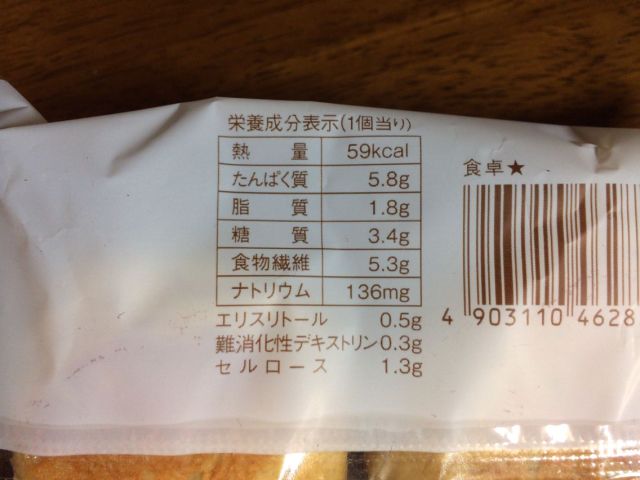
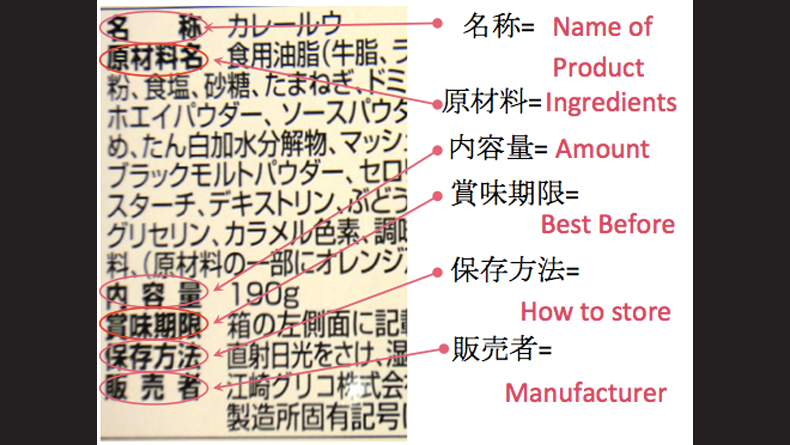

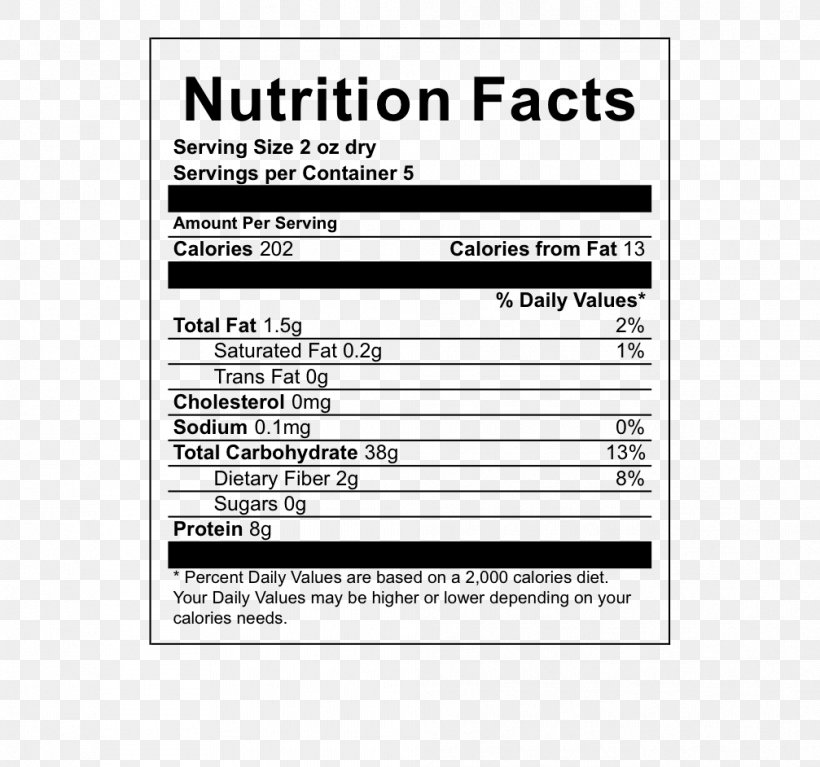
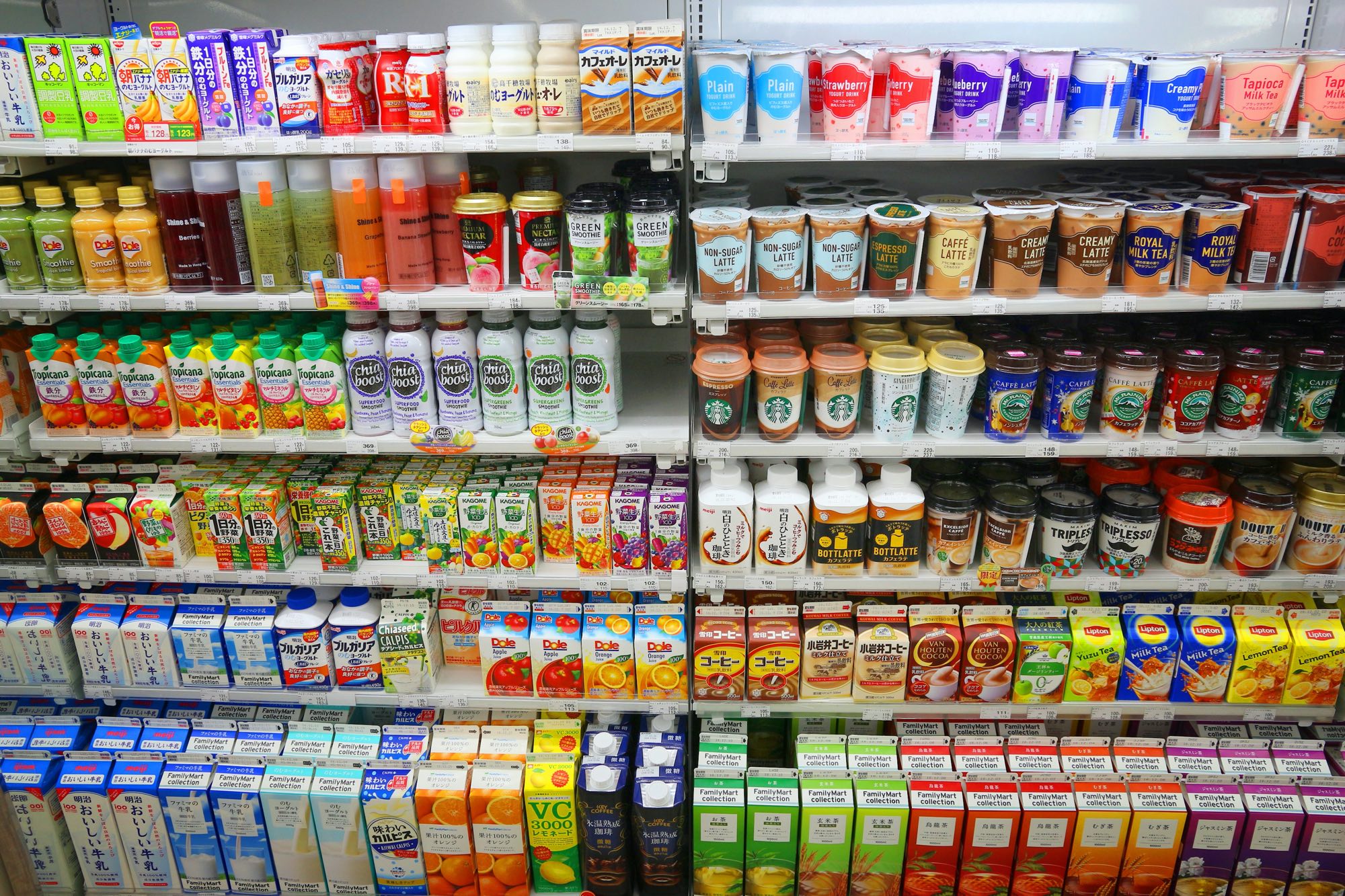







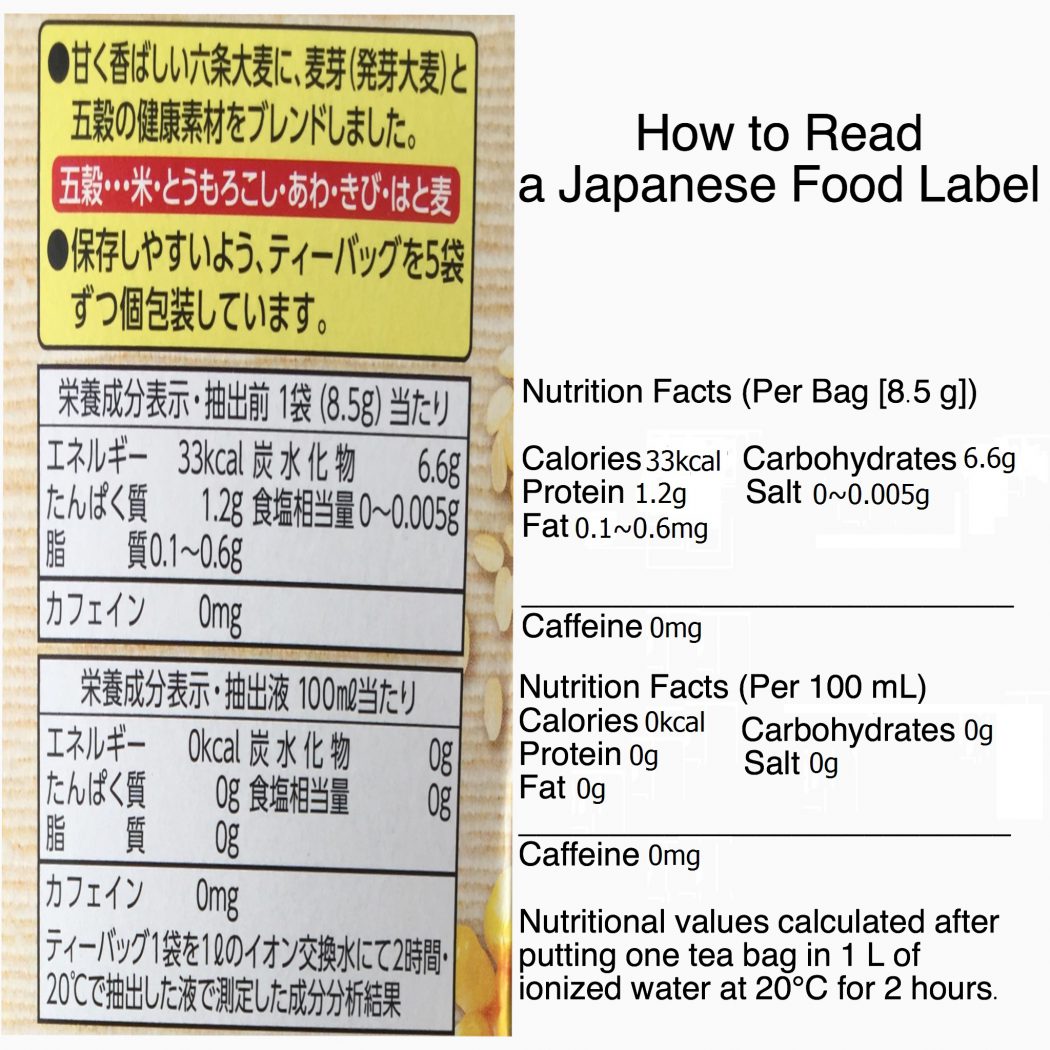
Post a Comment for "38 how to read japanese nutrition labels"